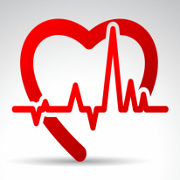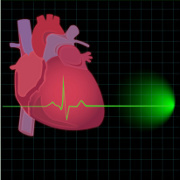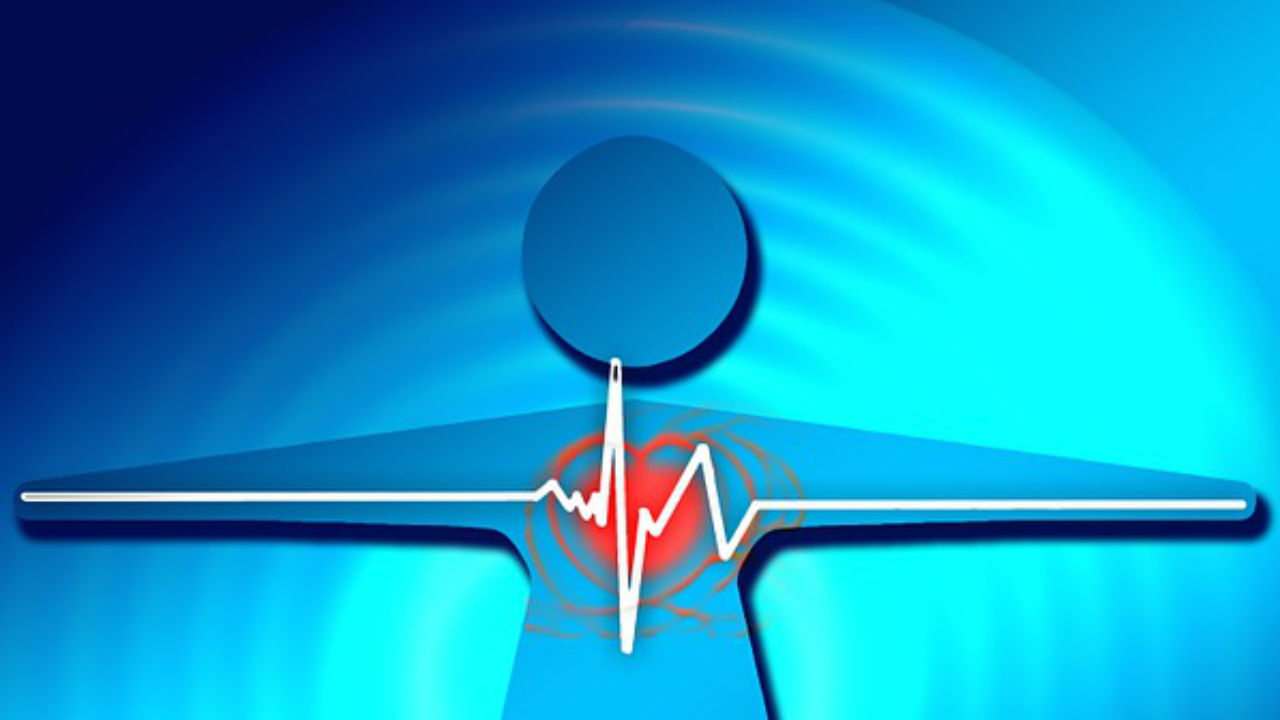 Hemera/Thinkstock
Hemera/Thinkstock
The implantable cardioverter defibrillator, commonly referred to as an ICD, is a device used to treat ventricular arrhythmias.
ICDs sense irregular heartbeats and deliver high or low-energy electrical pulses or shocks to help the heart return to normal rhythm.
In addition to ventricular arrhythmias, ICDs might be recommended for anyone whose heart has been damaged as the result of a prior heart attack, sudden cardiac arrest or SCA, or certain congenital heart defects.
Implanted in either the abdomen or chest, an ICD is connected through wires with electrodes, or leads, which are inserted through veins into the heart.
While potentially life-saving, living with an ICD may not be for everyone.
People with ICDs must avoid contact with technology that contains magnetic fields such as microwave ovens, electrical generators, metal detectors, and welders. Even small electronic devices such as cells phone and iPods can interfere with ICD function.
Contact sports must be avoided because they increase the risk that the ICD leads will be dislodged or disconnected. Even when contact sports are avoided, leads can still become disconnected or break.
Surgery is required to repair or replace damaged leads. In addition, ICD batteries must be replaced every five to seven years.
In September, 2012, the U.S. Food and Drug Administration approved a request from Boston Scientific Corporation for a new type of ICD – the subcutaneous implantable defibrillator or S-ICD .
The S-ICD is the only subcutaneous ICD commercially available anywhere in the world. The S-ICD differs from current the ICD in several ways.
Unlike traditional ICDs, the S-ICD is implanted just below the surface of the skin. S-ICDs don’t require the use of electrodes or leads.
Instead, the S-ICD is inserted with a single lead near the heart, leaving the heart and veins free from intrusive devices. As with a traditional ICD, a shock is given if the electrode senses an irregular heartbeat.
The procedure to implant the S-ICD is less invasive. The incision required is much smaller with an S-ICD as compared to a traditional ICD.
The S-ICD is generally placed under the arm versus the chest. Because no leads are involved, there is less of common ICD complications such as blood clots or infections.
It’s hoped that the new S-ICD will offer patients an alternative to traditional ICDs and open up new treatment possibilities to people who may not have been candidates for traditional ICDs.
Sources:
University of Ottawa Heart Institute (2012, October 3). Innovative new defibrillator offers alternative for regulating heart beat. ScienceDaily. Retrieved October 21, 2012, from
http://www.sciencedaily.com/releases/2012/10/121003082927.htm
What Is an Implantable Cardioverter Defibrillator? National Heart Lung and Blood Institute. 09 Nov 2011.
http://www.nhlbi.nih.gov/health/health-topics/topics/icd
Boston Scientific Receives FDA Approval of First-in-Class s-ICD System for Patients at Risk of Sudden Cardiac Arrest. Boston Scientific. 28 Sept 2012.
http://bostonscientific.mediaroom.com/2012-09-28-Boston-Scientific-Receives-FDA-Approval-of-First-in-Class-S-ICD-System-for-Patients-at-Risk-of-Sudden-Cardiac-Arrest
Reviewed October 23, 2012
Michele Blacksberg RN
Edited by Jody Smith






Add a CommentComments
There are no comments yet. Be the first one and get the conversation started!